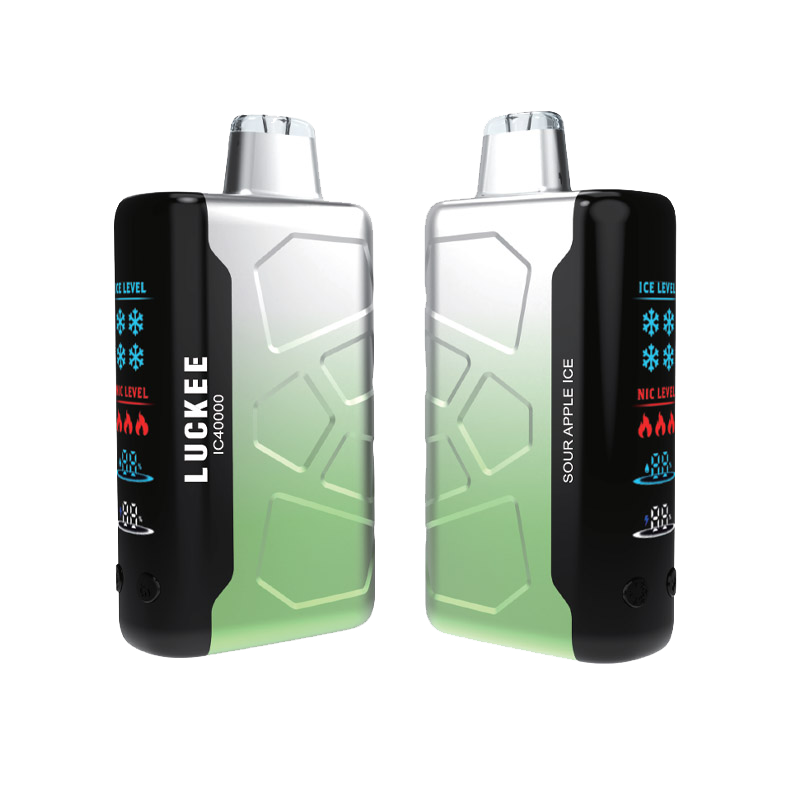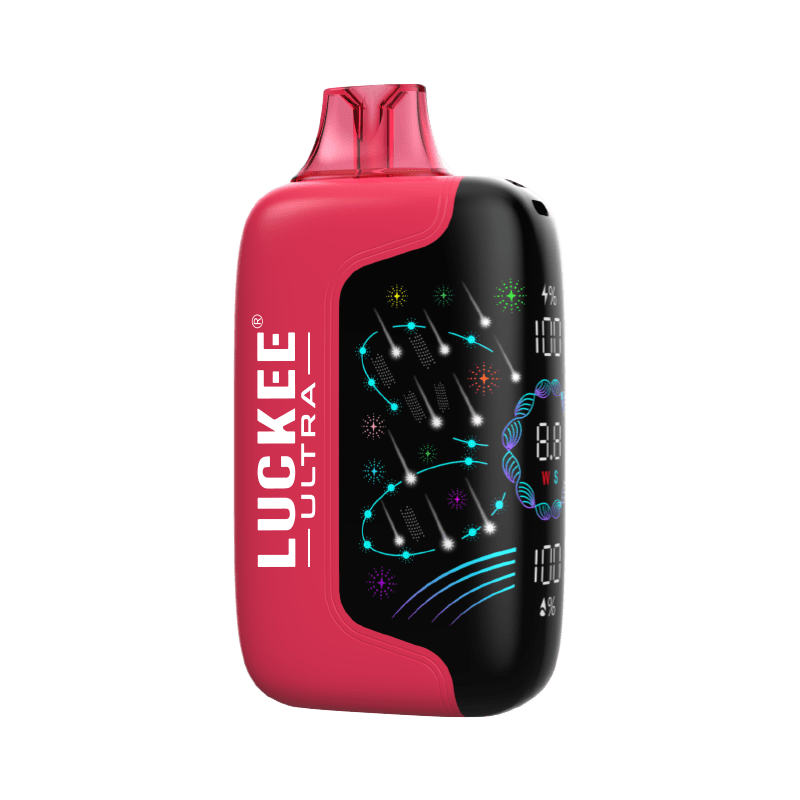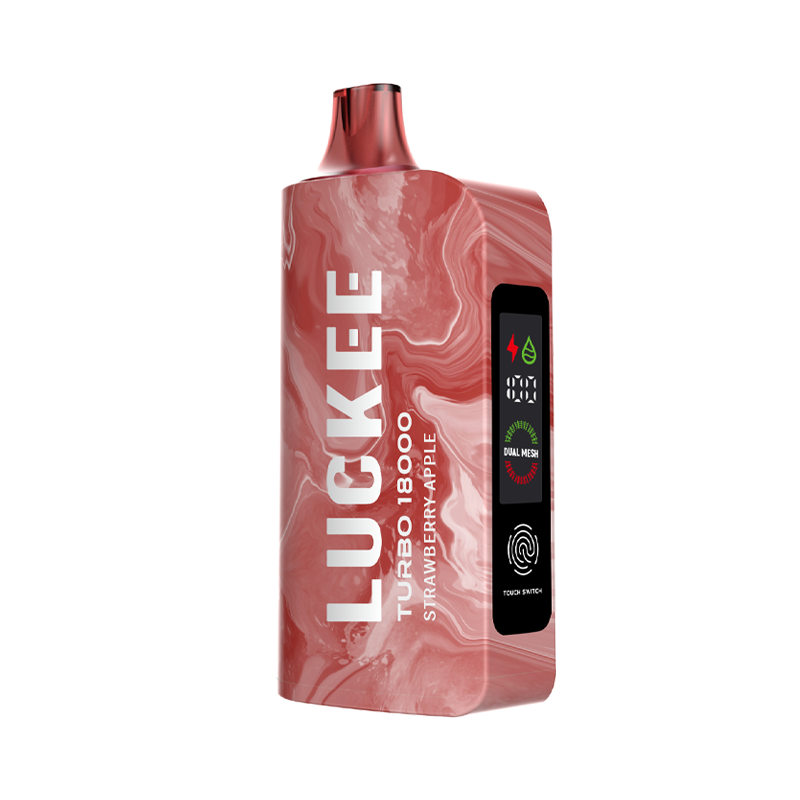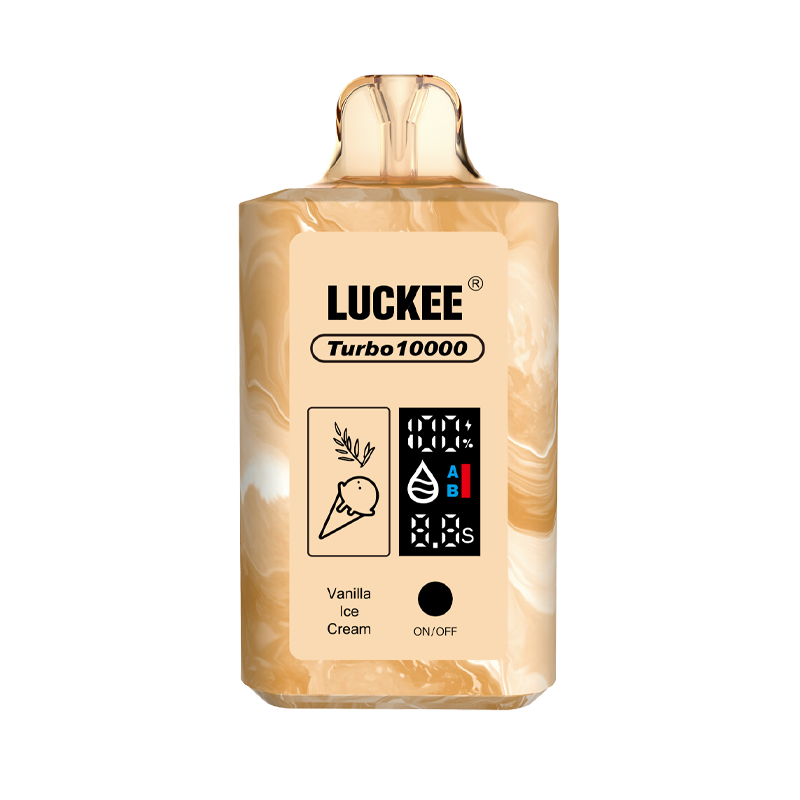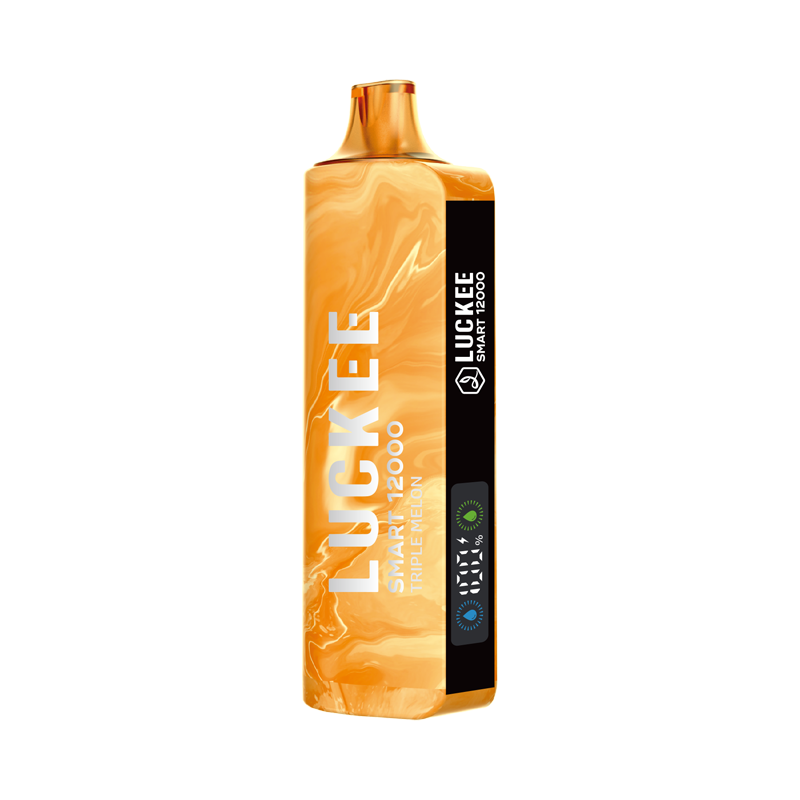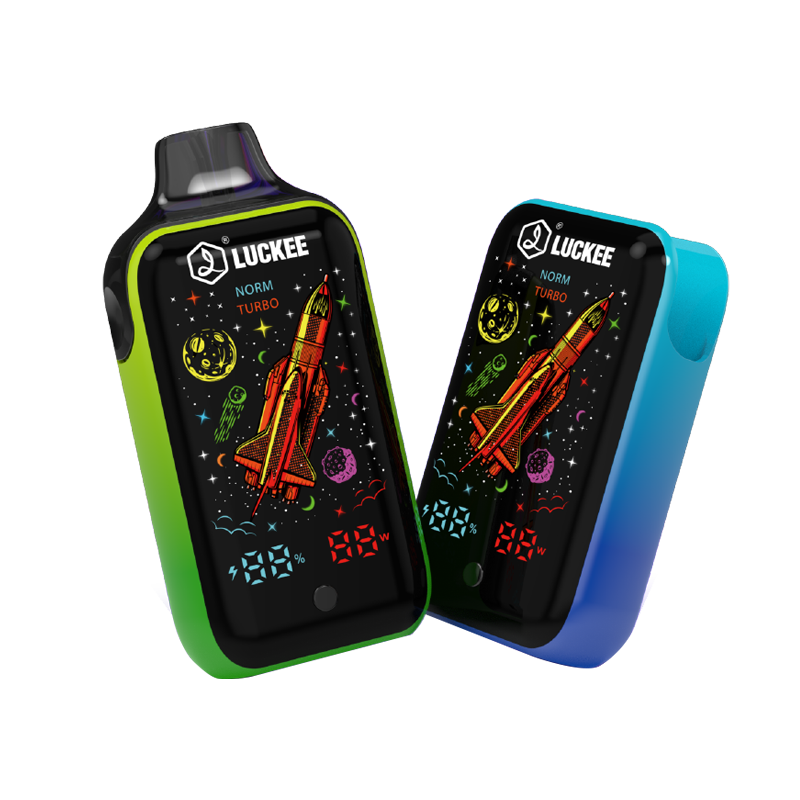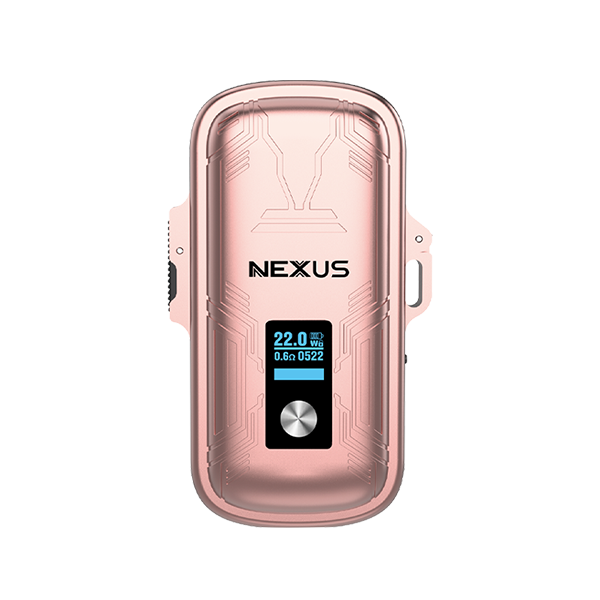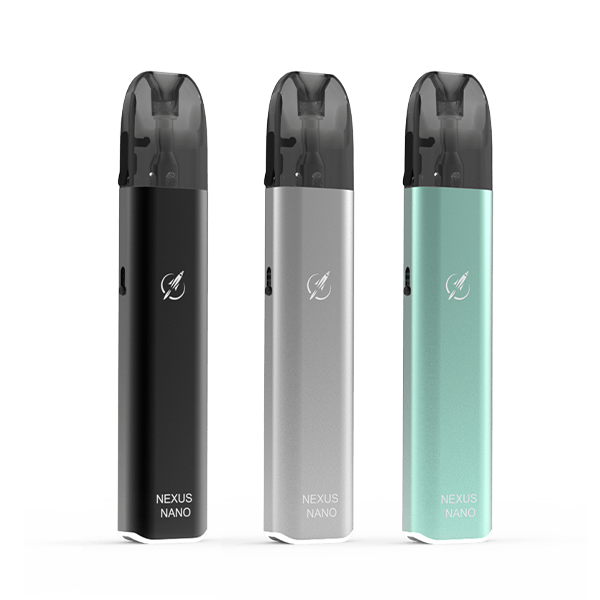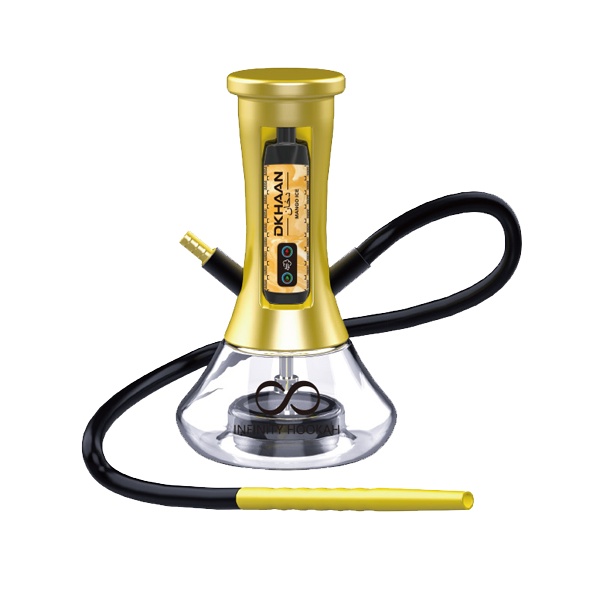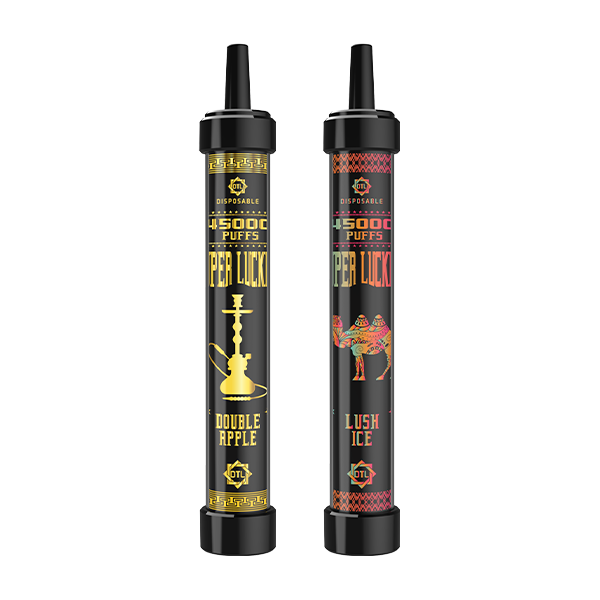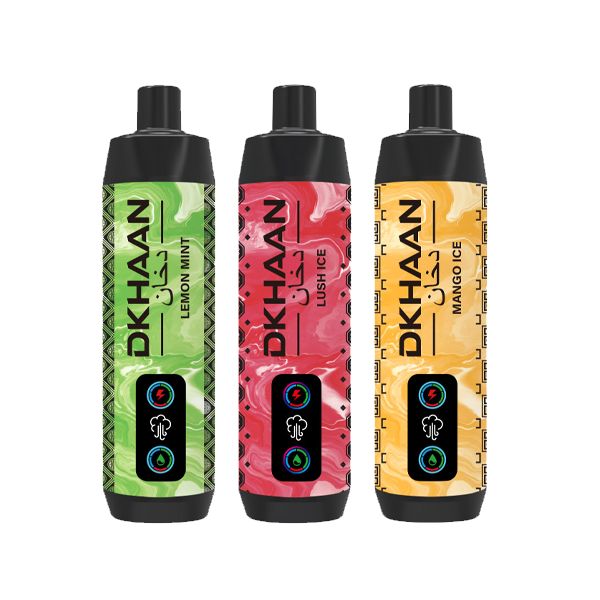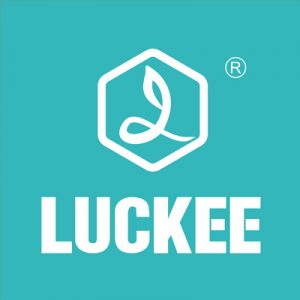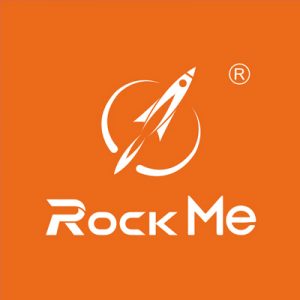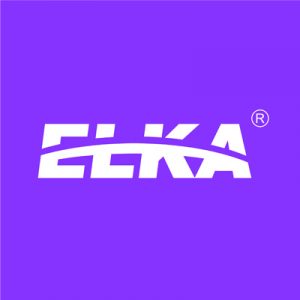Minnesota has emerged as one of the most tightly regulated states for vaping in the U.S., reflecting its strong stance on public health and youth nicotine prevention. The state has rolled out a layered regulatory approach that includes the highest vape excise tax in the country, strict indoor usage bans, and unique rules targeting youth-oriented and misleading vape products.
As we enter 2025, with new legislation under discussion and enforcement efforts ramping up, it’s more important than ever for consumers, retailers, and manufacturers to stay informed. This guide offers a detailed overview of Minnesota’s vaping laws, featuring the most recent updates and verified legal sources to help you understand the current regulatory climate and maintain full compliance.
The Legal FoundationVaping Laws in Minnesota
At the core of Minnesota’s approach to vaping is a firm stance on preventing underage access, supported by both state and federal law, alongside specific definitions that categorize these products for regulatory purposes.
Defining “Electronic Delivery Device” and “Tobacco Product”
Minnesota law provides broad definitions to ensure comprehensive regulatory coverage. Under Minn. Stat. § 609.685, subdiv. 1(c), an “electronic delivery device” is defined as any product containing or delivering nicotine or other substances intended for human consumption that can be used to simulate smoking through inhalation of vapor or aerosol. This includes e-cigarettes, e-cigars, e-pipes, vape pens, and any component, part, or accessory of such a device, whether sold separately or not1. Crucially, for taxation and other regulatory purposes, e-cigarettes are included in the legal definition of “Tobacco Products” under Minn. Stat. § 297F.01, subdiv. 19, ensuring they are subject to the state’s robust tobacco control framework.
Minimum Legal Sales Age: Strictly 21
Minnesota rigidly enforces a minimum legal sales age of 21 for all tobacco products, which explicitly includes all e-cigarettes, vapor products, and e-liquids. This “Tobacco 21” law became effective on August 1, 2020, aligning the state with federal legislation. It is illegal for any person to sell, give, or furnish a vapor product to an individual under 21 years of age.
Retailers are legally mandated to verify the age of any purchaser by checking a valid government-issued photographic identification. Minnesota takes a notably progressive approach to underage violations. Instead of criminal penalties for minors, the state imposes alternative civil penalties for individuals under 21 who use false identification to purchase vaping products. These penalties can include participation in tobacco-free education programs, community service, or court diversion programs, emphasizing intervention over punishment for young people.

Where Vaping is Prohibited in Minnesota
Minnesota is a leader in protecting its residents from secondhand aerosol exposure, having extended its clean indoor air laws to comprehensively include vaping products.
The Minnesota Clean Indoor Air Act
The Minnesota Clean Indoor Air Act (MCIAA) was significantly amended in 2019 to explicitly include e-cigarettes in its definition of “smoking,” effective August 1, 2019. This means that vaping is prohibited in virtually all indoor public places and places of employment where traditional smoking is also banned. This comprehensive ban includes, but is not limited to:
- Restaurants and bars.
- Workplaces and offices.
- Public transportation.
- Government buildings.
- Hospitals, clinics, and other healthcare facilities.
- Schools, educational facilities, and licensed daycare centers.
- Common areas of multi-unit residential buildings.
- Public meetings.
The Minnesota Department of Health (MDH) has compliance authority, which it delegates to local governments, and local law enforcement is empowered to issue petty misdemeanor citations for violations. Proprietors of establishments are required to ask violators to refrain from vaping and to leave if they do not comply.
Selling Vaping Products in Minnesota
The sale and distribution of vaping products in Minnesota are tightly controlled, with specific requirements for licensing, product display, and safety.
Dual Licensing System: State and Local Oversight
Minnesota operates a dual licensing system. At the state level, the Minnesota Department of Revenue issues distributor and subjobber licenses under Minnesota Statutes Chapter 297F. At the local level, retailers must obtain a local retail license from the city, county, or town where their business operates, as required by Minnesota Statutes Chapter 461. Each retail location requires a separate license, and these licenses must be conspicuously displayed. Retailers are required to purchase their inventory only from Minnesota-licensed distributors or subjobbers.
Sales Practices and Product Requirements
- No Self-Service Displays: Self-service displays of vaping products are prohibited statewide. All products must be kept behind the counter or in locked cases accessible only by employees, unless the establishment is an adult-only (21+) tobacco specialty shop.
- Vending Machines: Sales from vending machines are restricted to premises where individuals under 21 are not permitted access.
- Child-Resistant Packaging: All e-liquids sold in Minnesota, regardless of nicotine content, must be sold in child-resistant packaging that meets federal standards, as mandated by Minn. Stat. § 461.20(b).
- No Mobile Sales: All vape retailers must operate from fixed, licensed locations; mobile sales from vehicles or kiosks are banned.
Taxation of Vaping Products in Minnesota
Minnesota imposes the highest excise tax on vaping products in the United States. Under Minn. Stat. § 297F.05, subdiv. 3, the state levies a tax of 95% of the wholesale price on all tobacco products, which includes one-time use e-cigarettes, cartridges, and e-juice containing nicotine. This tax is applied at the distributor level but significantly impacts the final retail price for consumers. Products with 0% nicotine and reusable devices (when sold separately from nicotine-containing products) are not subject to this specific tobacco tax but are still subject to standard sales tax.
Flavors Restrictions and Deceptive Designs
Minnesota has been proactive in restricting products deemed particularly appealing to youth.
Local Flavor Bans
As of 2025, Minnesota does not have a statewide ban on the sale of flavored vaping products. However, this has been a major area of focus for local governments. At least 29 municipalities have enacted their own local ordinances restricting flavored tobacco and vaping products. The specifics of these bans vary:
- Cities like Bloomington, Edina, and Golden Valley prohibit all flavored products, including menthol.
- Other cities exempt menthol from their flavor bans.
- A few jurisdictions, such as St. Louis Park and Wheaton, have banned all e-cigarette sales entirely, regardless of flavor.
This patchwork of local laws means the availability of flavored vape products can vary significantly depending on the specific city or county within Minnesota.
Ban on Deceptive Vaping Products
In October 2024, Minnesota enacted a significant new law, Minn. Stat. § 325F.7821, prohibiting “deceptive vapor products”. This law makes it illegal to market, advertise, distribute, or sell vaping products that are designed to imitate common items appealing to minors, such as:
- Candy or food items.
- School supplies like highlighters, pens, or erasers.
- Entertainment characters, toys, or other familiar objects that might attract youth.
This law directly addresses the issue of products designed to be concealed from parents and teachers. In April 2025, Attorney General Keith Ellison’s office successfully used this law to secure a court order banning the sale of “High Light Vapes,” which were designed to look exactly like highlighter pens. Violations of this law can result in penalties up to $25,000 per infraction.
Enforcement and Penalties
Minnesota employs a multi-agency enforcement approach with escalating penalties for violations.
- Enforcement Bodies: The Minnesota Department of Health (MDH) oversees the Clean Indoor Air Act. The Attorney General’s Office handles consumer protection issues like deceptive products. The Department of Revenue conducts compliance checks on retailers for tax and sales laws. Local authorities handle retail licensing and compliance checks.
- Retailer Penalties: Administrative penalties for retailers who violate vaping laws (such as selling to minors) have been increased. They start at $300 for a first violation, rising to $600 for a second, and $1,000 for a third or subsequent violation within 36 months, which can also trigger license suspension or revocation.
- License Revocation: A tobacco license can be revoked for various reasons, including owing $500 or more in delinquent taxes, failure to file required tax returns, or having a previous license revoked within the past two years.
Recent and Pending Legislative Developments
The regulatory environment in Minnesota continues to evolve. The 2024 enactment of the deceptive products ban and the 2025 enforcement action against highlighter vapes demonstrate the state’s ongoing commitment to youth protection. The most significant pending legislation is HF 2177/SF 2123, which would create a statewide ban on all flavored tobacco and vaping products except for tobacco flavor. While this bill has seen committee approval in the House, it has not yet passed into law as of mid-2025.
Conclusion
Minnesota’s vaping laws represent one of the most comprehensive and restrictive regulatory frameworks in the United States. The combination of the nation’s highest excise tax at 95% of wholesale price, a robust Clean Indoor Air Act that includes vaping, a dual state and local licensing system, and innovative laws targeting deceptive, youth-appealing products demonstrates a clear and sustained commitment to public health and youth protection. While a statewide flavor ban remains a subject of debate, the proliferation of local flavor ordinances creates a complex compliance landscape for retailers.
For businesses, operating in Minnesota requires meticulous attention to federal, state, and local regulations, from tax compliance and licensing to product design and sales practices. For consumers, understanding the strict age requirements and the extensive public use prohibitions is key to ensuring legal compliance. As Minnesota continues to refine its approach, it will likely remain a key state to watch in the national conversation on vaping regulation.
References
- Minnesota House Research – Electronic Cigarettes (Informational Brief)
- Minnesota Department of Health – Electronic Cigarettes and the Minnesota Clean Indoor Air Act
- LeadingAge Minnesota – New Law Bans E-Cigarette and Vapes in Most Indoor Workplaces and Public Places
- Minnesota Statutes – § 461.12 (License required)
- Minnesota Department of Revenue – E-Cigarette Tax Information (PDF)
FAQs
What is the legal age to buy or use vaping products in Minnesota?
Minnesota rigidly enforces a minimum legal sales age of 21 for all tobacco products, which explicitly includes all e-cigarettes, vapor products, and e-liquids. This ‘Tobacco 21’ law became effective on August 1, 2020.
Where is vaping prohibited in Minnesota under the Clean Indoor Air Act?
Vaping is prohibited in virtually all indoor public places and places of employment where traditional smoking is also banned. This includes restaurants, bars, workplaces, public transportation, government buildings, hospitals, schools, and common areas of multi-unit residential buildings.
Are flavored vaping products banned statewide in Minnesota?
As of 2025, Minnesota does not have a statewide ban on the sale of flavored vaping products. However, at least 29 municipalities have enacted their own local ordinances restricting flavored tobacco and vaping products, with varying specifics.
What is the excise tax rate on vaping products in Minnesota?
Minnesota imposes the highest excise tax on vaping products in the United States, levying a tax of 95% of the wholesale price on all tobacco products that contain nicotine, including one-time use e-cigarettes, cartridges, and e-juice.
Do I need a special license to sell vape products in Minnesota?
Yes, Minnesota operates a dual licensing system. Retailers must obtain a state-level distributor or subjobber license from the Minnesota Department of Revenue and a local retail license from the city, county, or town where their business operates.

